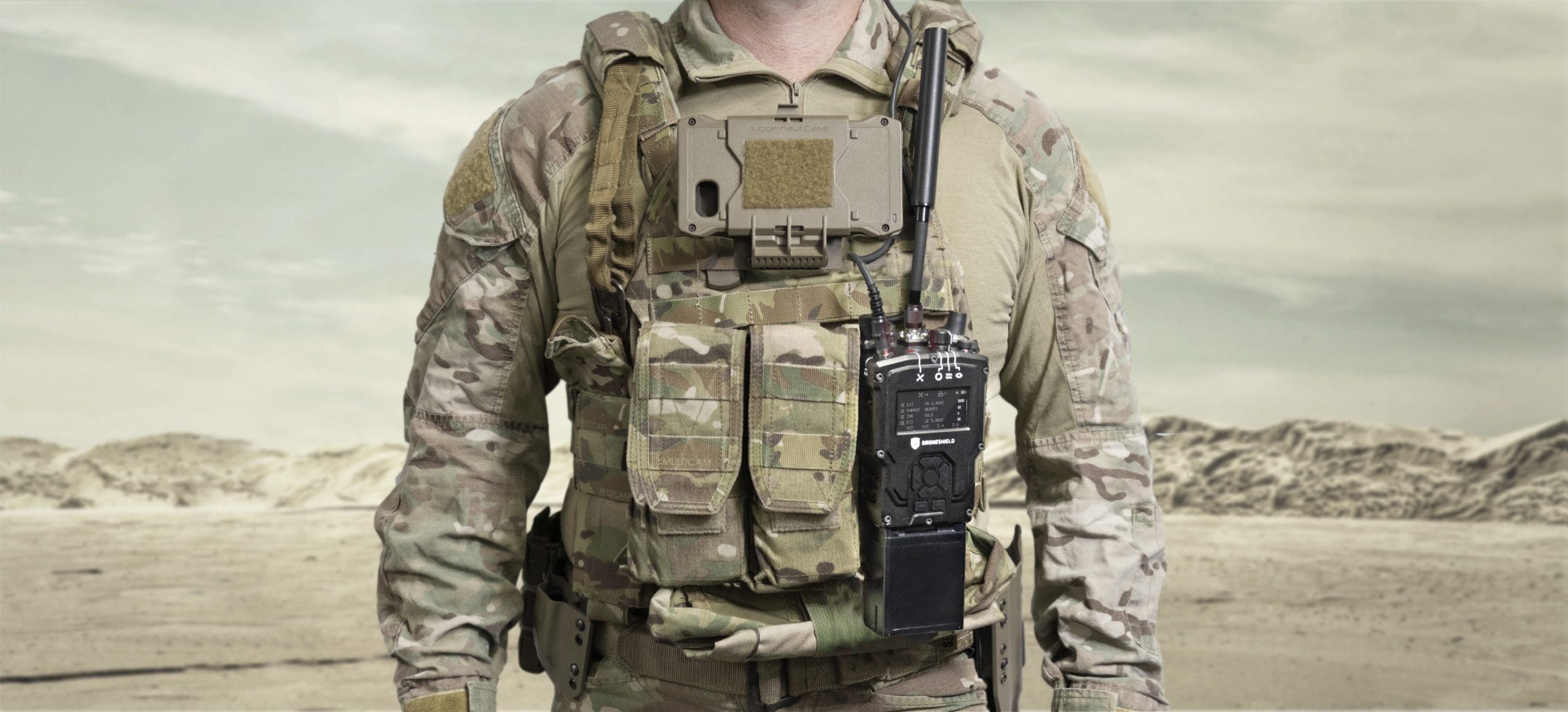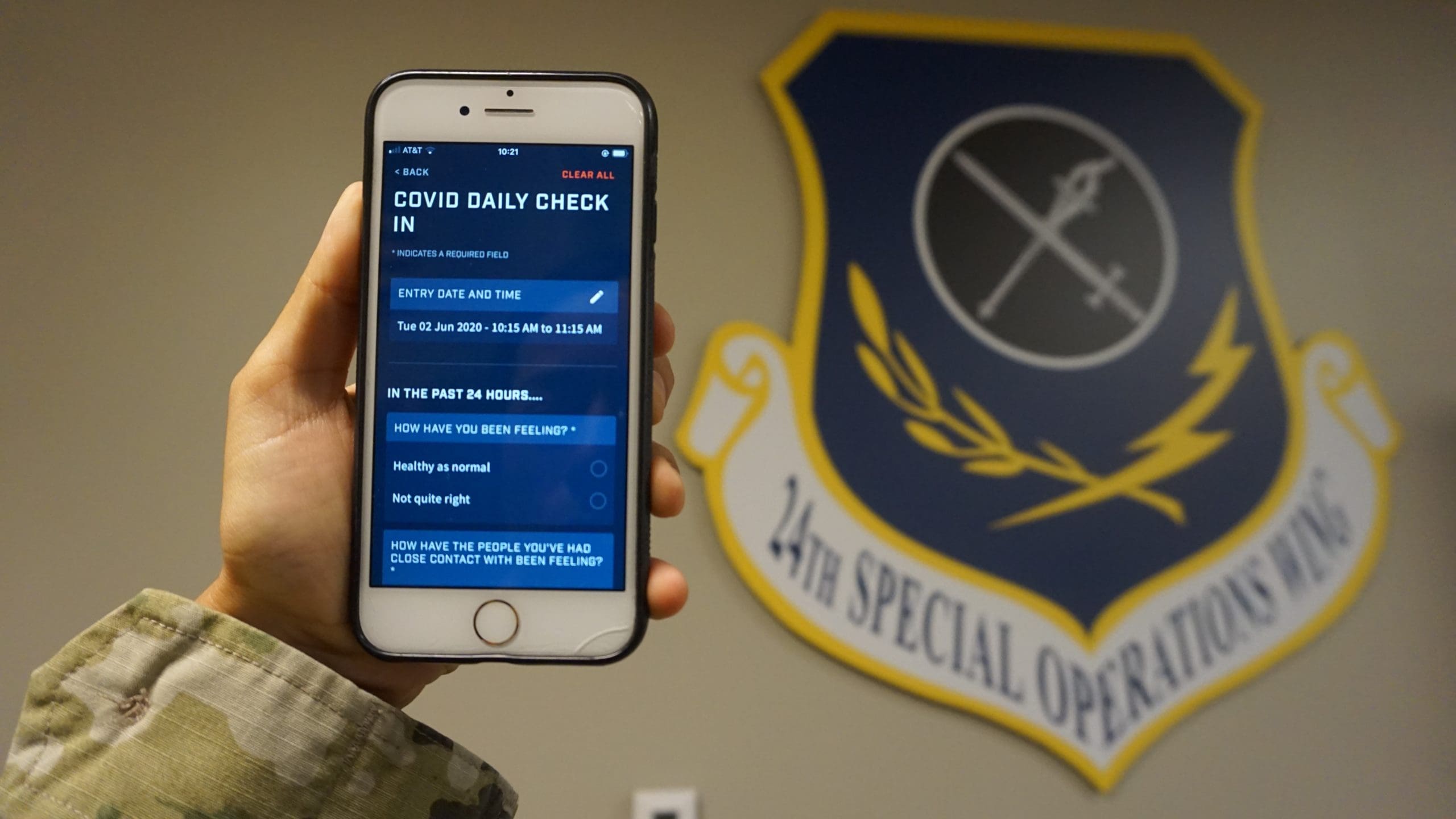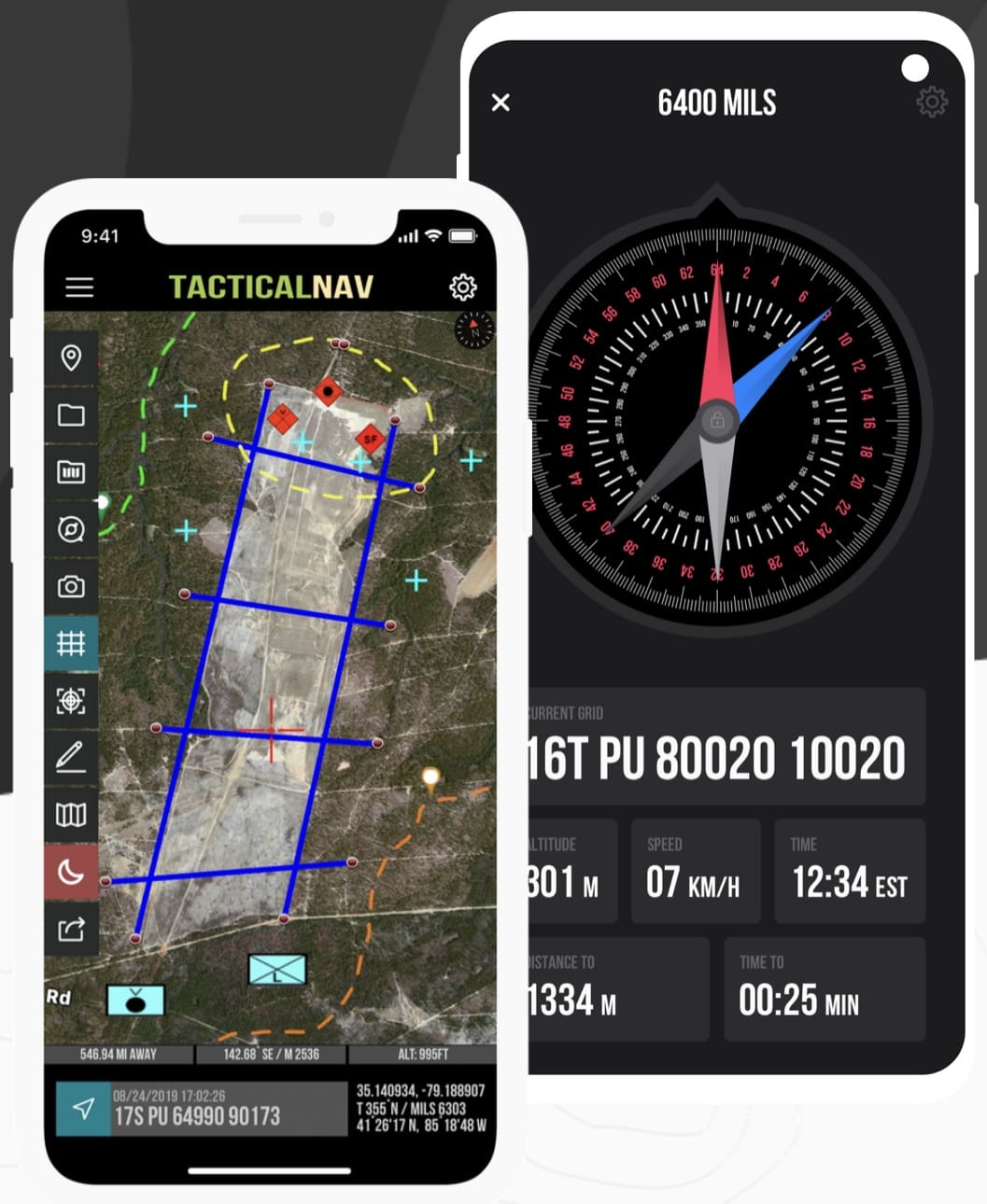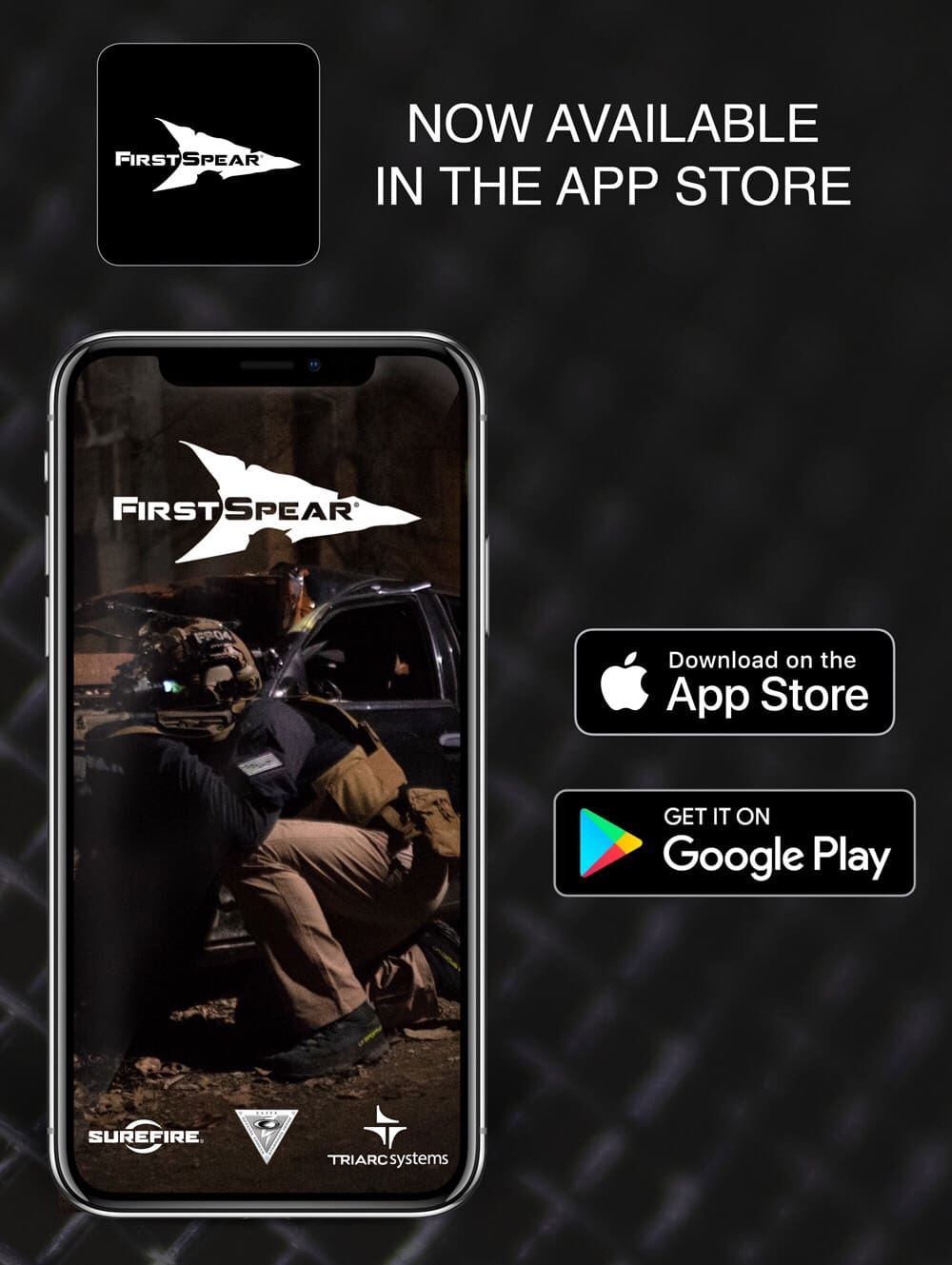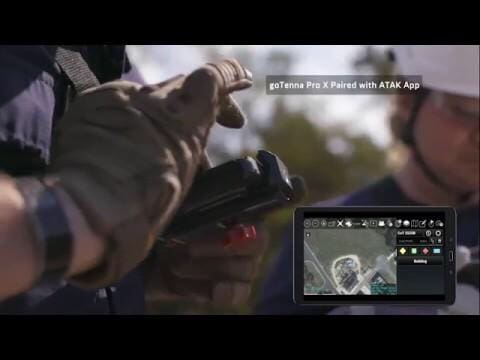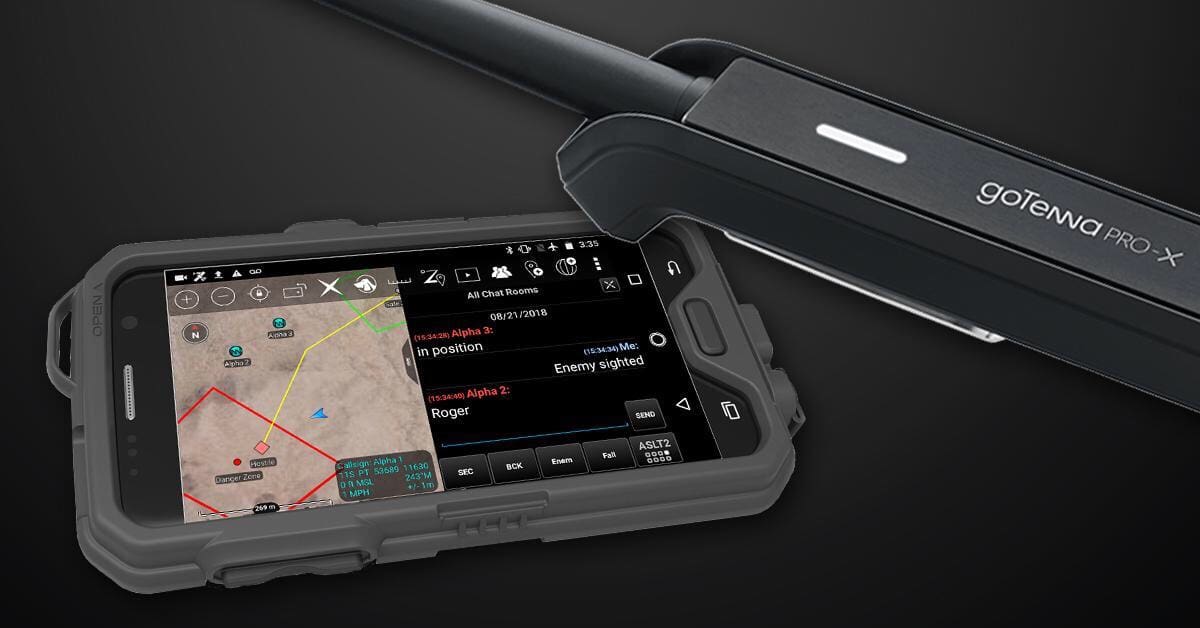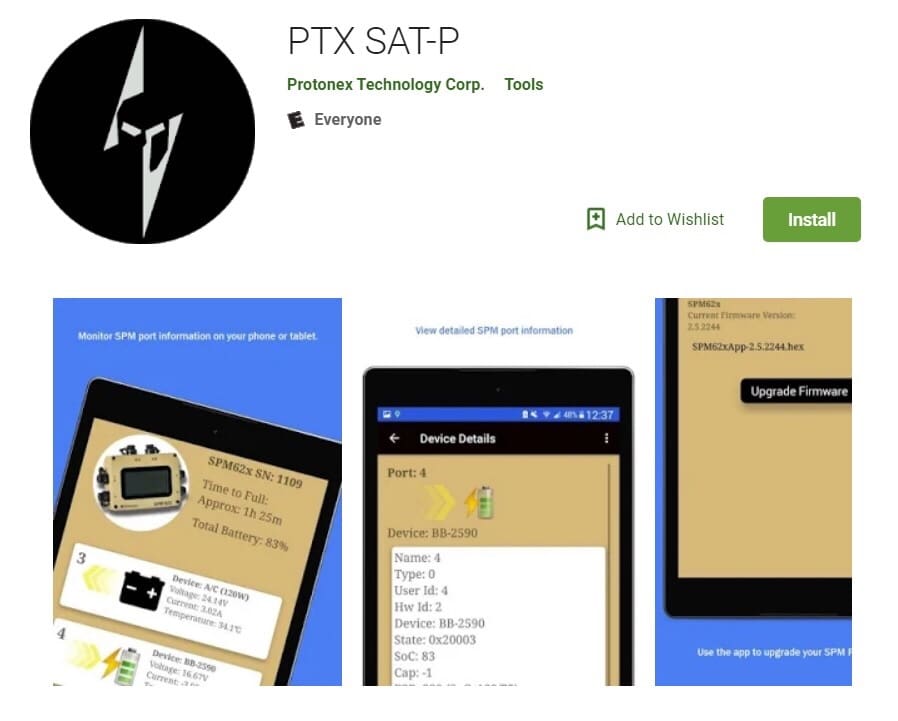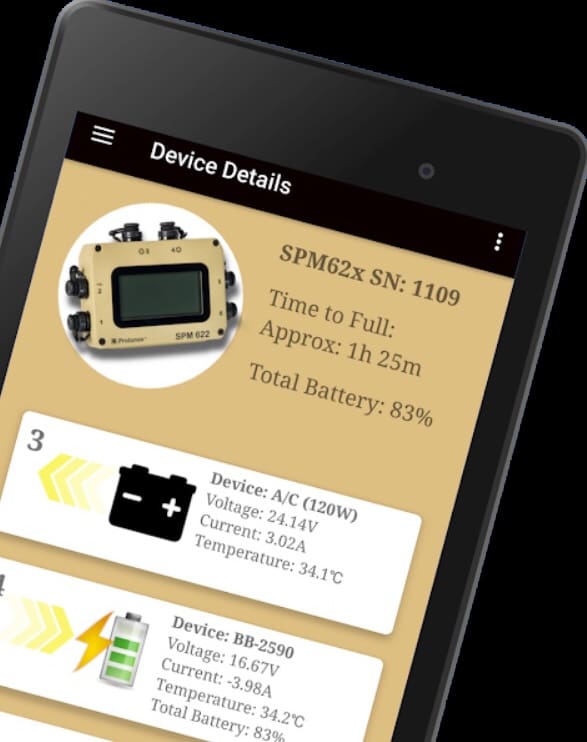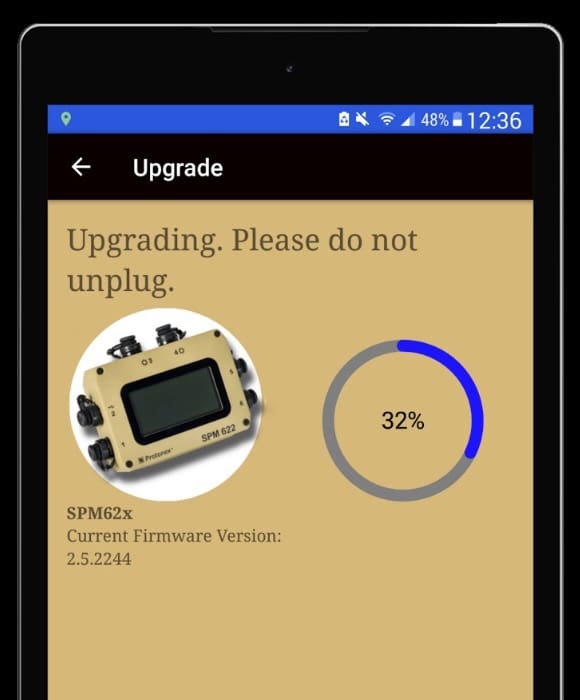NATICK, Mass. — There is a delicate balance between training Soldiers rigorously and training them safely.
Warfighters can lose valuable training days due to unit leaders taking overzealous safety precautions, and as a result, they cannot learn and practice the necessary skills to become a ready and lethal force. However, warfighters training rigorously while forgoing safety can lead to disastrous consequences such as heat illness. These consequences can cost the U.S. military valuable training time, money and operational readiness.
Heat illness is a particular concern during warmer months, but that does not mean warfighters have beat the heat as soon as summer has ended. Surprisingly, heat illness can happen year round due to a combination of factors, not just heat and humidity.
“Body heat production from physical activity is the number one factor that causes body core temperature to rise,” said Laurie Blanchard, a biomedical engineer from the U.S. Army Research Institute of Environmental Medicine, or USARIEM. “Hot environments add to body heat gain, and hot and humid environments and heavy clothing make it more difficult to get rid of body heat. Put them all together, and you have a recipe for heat illness.”
To help solve this problem, Blanchard and other USARIEM researchers have been developing a mobile application that can help unit leaders understand how these factors affect military readiness so they can mitigate risk and optimize training.
The Heat Strain Decision Aid, or HSDA, is a tablet- and computer-based app that can help unit leaders and mission planners quickly determine a Soldier’s risk of heat illness during training or operational scenarios. HSDA’s simulations of heat stress, according to Blanchard, support the safe work time tables found in current Army heat injury prevention doctrine, Technical Bulletin Medical 507, or TB Med 507.
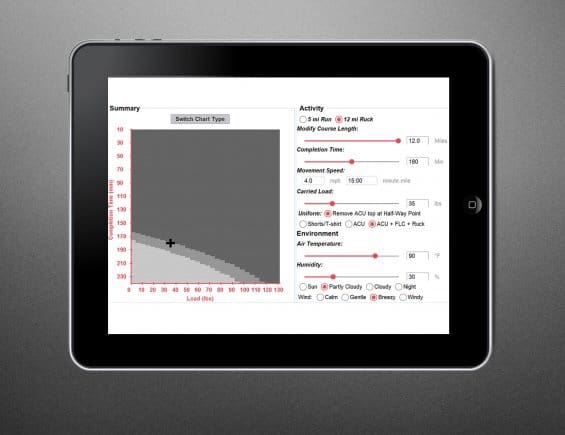
By pressing a few buttons and toggling a few settings, unit leaders can use the science-based guidance on the tablet- and computer-based Heat Strain Decision Aid, or HSDA, to quickly determine a troop’s risk of heat illness during training or operational scenarios. HSDA was developed by U.S. Army Research Institute of Environmental Medicine, or USARIEM, researchers based on over 30 years of studies on heat illness, hydration and core body temperature in simulated and realistic training environments. (Photo Credit: U.S. Army photo by Mallory Roussel )
“HSDA contains equations that predict how body core temperature changes during and after training and how changes in clothing, activity and environment affect the specific rise and fall of body core temperature,” Blanchard said. “This mission planning tool gives unit leaders objective, science-based guidance that can be found in TB Med 507, the Army’s current heat illness and hydration guidance, in a way that is easy and useful for developing prevention and mitigation strategies against heat illness.”
When unit leaders open HSDA on a tablet or computer, they can adjust warfighters’ activities, clothing, the environmental conditions and the intensity and duration of the exercise simply by pressing a few buttons and toggling a few switches. HSDA does the rest of the work by displaying a chart to the user that estimates how likely troops will experience heat illness during a training or operational scenario.
HSDA even shows leaders when warfighters would be most likely to experience a heat illness during the span of an exercise. For example, a unit leader using HSDA could see that Soldiers would be most likely to experience a heat illness during the first hour of a three-hour loaded ruck march.
“One of the advantages of using HSDA is that unit leaders have a tool that helps them visualize how different mitigation strategies can affect their risks of heat illness,” Blanchard said. “Users can manipulate HSDA’s settings to see how changing uniforms, the length and pace of an exercise and the load carried can increase or decrease heat illness risk.
“Even in those cases where the distance, pace and load cannot be altered, such as for a required training event at a specialty school, HSDA can help users plan effective treatment strategies for expected heat casualties, like providing extra ice sheets, closely watching trainees and planning medical evacuations in advance.”
USARIEM researchers developed the user-friendly software interface for the app warfighters know today. Yet the math behind HSDA has existed long before apps were even invented. According to Blanchard, USARIEM developed HSDA from over 30 years of research on heat illness, hydration and body core temperature. Researchers were able to build and validate the equations within HSDA by conducting hundreds of field studies on thousands of subjects in a variety of environments.
Researchers conducted even more laboratory studies at Natick Soldier Systems Center in the Doriot Climatic Chambers, a unique facility that can simulate an extreme range of global weather conditions, from hot deserts to the chilly Arctic. Blanchard and other researchers measured Soldiers’ body core temperatures as they marched on treadmills while carrying external loads and wearing a wide range of clothing, from Army physical training uniforms (shorts and a t-shirt), to Army Combat Uniforms, to insulating chemical, biological and ballistic protective gear.
This year, USARIEM briefed the HSDA app to the Training and Doctrine Command’s Heat Illness and Prevention Subcommittee. USARIEM received several requests for a copy and is now working with the U.S. Army Medical Materiel Development Activity to make HSDA available to download.
Since spring 2018, USARIEM has transitioned a current version of HSDA to the 1st Special Warfare Training Group (Airborne) at the U.S. Army John F. Kennedy Special Warfare Center and School and to the U.S. Air Force 352nd Battlefield Airmen Training Squadron, who both specifically requested to use the app to mitigate heat illness during training. Under an international agreement, USARIEM has also developed a version of HSDA for the U.K. Institute of Naval Medicine, who incorporated the app into their training centers as a tool to reduce the incidence of heat injuries.
“Unit readiness is dependent on rigorous military training,” Blanchard said. “However, training without taking safety precautions, especially during warmer months, can lead to heat illness, heat stroke and even death. These injuries can have significant medical costs, can have long-term medical implications and can force lost training days, impacting unit readiness and individual Soldier careers.
“We have been able to design current versions of HSDA for specific military groups at their sites. Transitioning the app to U.S. and international warfare training groups has allowed us to collect valuable feedback that we can incorporate into HSDA to make it a more robust app that all warfighters can use.”
By Mallory Roussel (USARIEM)
